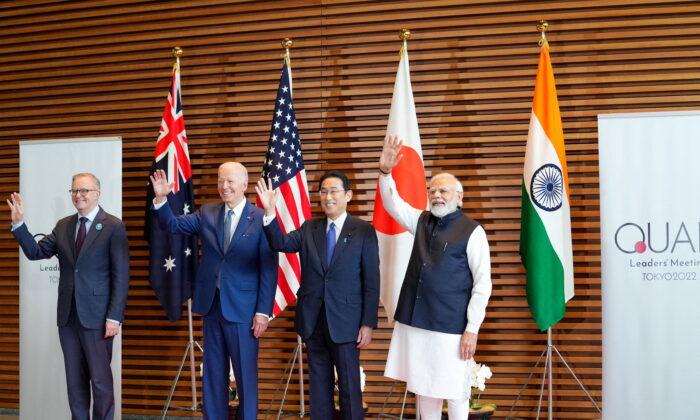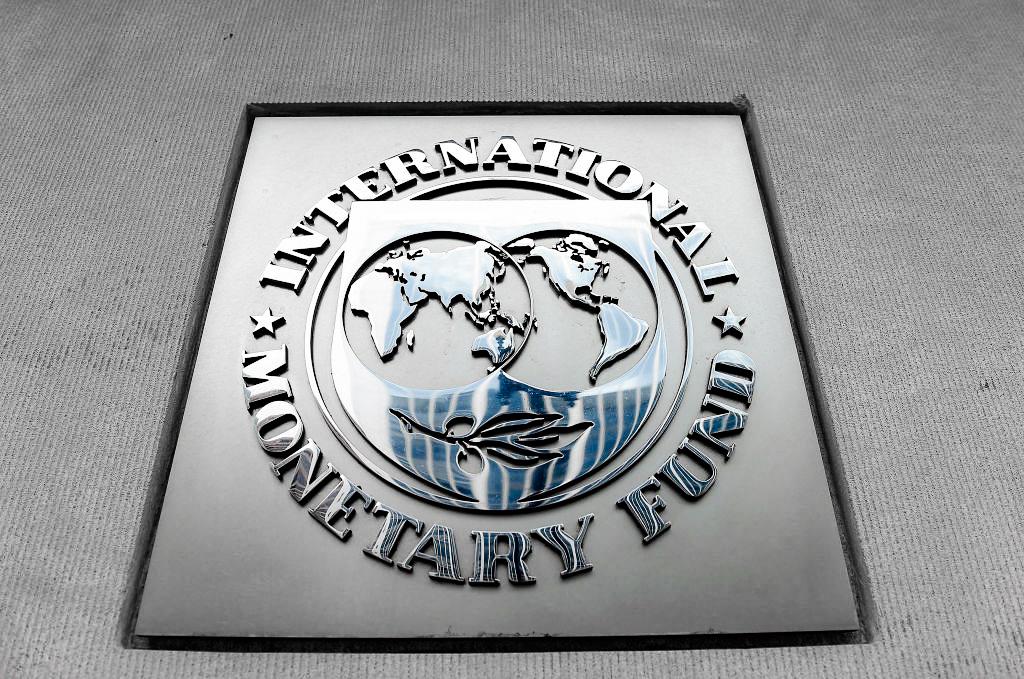The United States has become India’s top trading partner, ousting China from the spot and further cementing U.S. business ties with the South Asian superpower.
Bilateral trade between Washington and New Delhi rose from $80.5 billion in trade in 2020–21 to $119.4 billion in 2021–22, according to the Indian commerce ministry. That’s an increase of more than 48 percent.
U.S. exports to India rose from $29 billion to $43.31 billion during this period, while imports from India to the United States rose from $51.6 billion to $76.1 billion. India’s two-way trade with China rose from $86.4 billion to $115.4 billion, but remained lower than its commerce with the United States.
China was India’s top trading partner from fiscal years 2013–14 to 2017–18 and again in 2020–21. After the United States and China, the United Arab Emirates was India’s third-largest trading partner in 2020–21, with $72.9 billion in trade, followed by Saudi Arabia with $42.9 billion, Iraq with $34.3 billion, and Singapore with $30 billion.
According to experts, bilateral trade between the United States and India is poised to increase further as the nations seek to strengthen ties.
Major exports from India to the United States include petroleum, polished diamonds, pharmaceutical products, jewelry, frozen shrimp, and others, Joshi said, while exports from the United States to India include petroleum, rough diamonds, liquefied natural gas, gold, coal, and almonds, among others.
Indian Prime Minister Narendra Modi called his country’s relationship with the United States a “partnership of trust” during his meeting with President Joe Biden in Tokyo on May 24.
To further strengthen ties with India and Indo–Pacific nations, the Biden administration initiated the Indo–Pacific Economic Framework for Prosperity (IPEF) on May 23.
In addition to India, other nations in the program include Japan, Australia, Brunei, Indonesia, South Korea, Malaysia, New Zealand, the Philippines, Singapore, Thailand, and Vietnam. Together, the countries in the program represent 40 percent of global gross domestic product.
The White House says the IPEF will allow the United States to decide rules to ensure that U.S. small businesses, workers, and researchers can compete in the Indo–Pacific region.
Trade with the Indo–Pacific region supports 3 million U.S. jobs and brings in $900 billion in foreign investment into the country, the White House said. U.S. foreign direct investment in the region was $969 billion in 2020.





